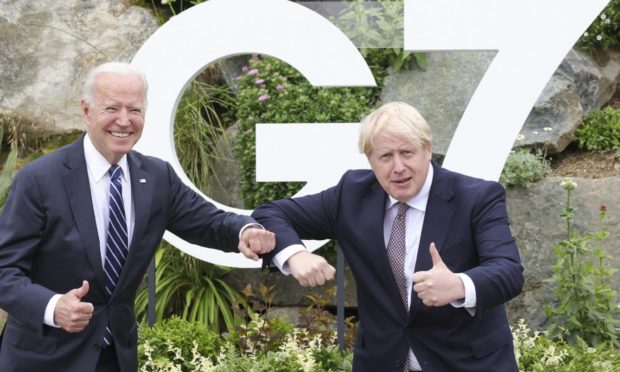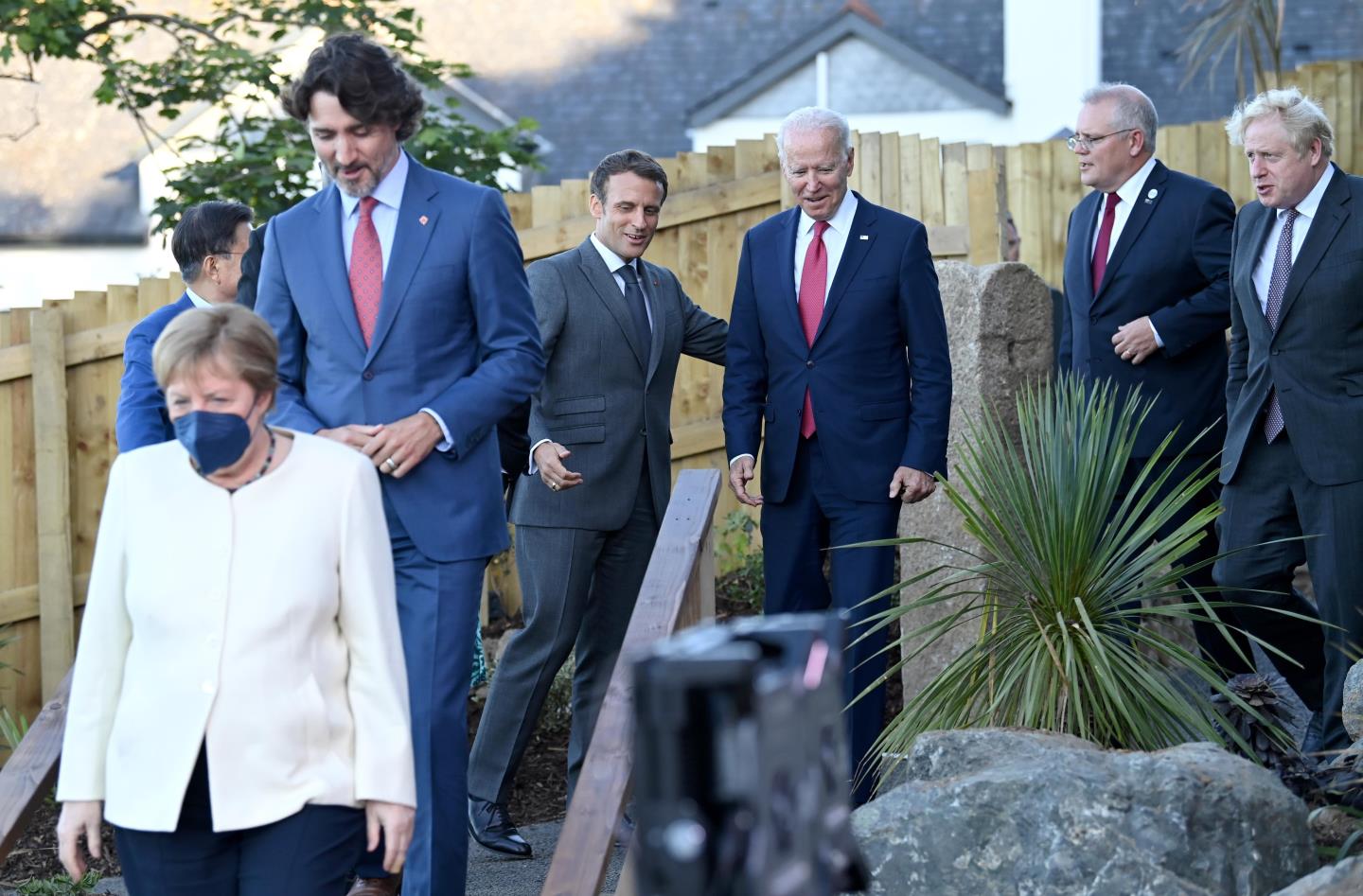It was inevitable that Brexit would boil down to sausages.
The current disagreement between the UK and the EU centres on the export of cold meats to Northern Ireland. For a certain cadre of headline writers, that means focusing on one delicacy in particular – sausages.
But it’s not coincidence or chance that has put sausages centre stage rather than, say, ham or haggis.
Life imitating art
There’s a famous episode of 1980s comedy Yes Minister based around a trade dispute over the Great British banger. Minister Jim Hacker explains that Brussels wants to standardise sausages and that the lack of meat in UK sausages means they must be designated “emulsified high fat offal tubes” instead.
Throughout the Brexit process, this particular skit has been cited by commentators as an example of the British attitude towards Europe. Trade experts also often referred to it as a fictional but accurate example of the devilish detail involved in food standards.
Of course the Yes Minister writers, Jonathan Lynn and Antony Jay, alighted on a European sausage war as a theme for their programme because it’s intrinsically funny. Or at least it was before it became a reality.
Given the entire Brexit movement has been steeped in nostalgia from the start, it’s appropriate that it’s now drawing inspiration from a 40-year-old sitcom.
In fact, one wonders if the Westminster administration’s agenda is based on classic sitcoms. The Tories’ plans to build more prisons may be inspired by Ronnie Barker’s Porridge. Hi-de-Hi and Fawlty Towers might take on a new relevance this summer with foreign holidays all but banned. And there was more than a whiff of Love Thy Neighbour to the government’s recent race relations report.
World politics is a sausage fest
But there is another reason that sausages are an apt emblem of Brexit. The entire Brexit project, this Westminster administration as a whole, and indeed world politics are dominated by men.
Gender imbalance was illustrated again at the weekend when the G7 met in Cornwall and Angela Merkel was the sole female in the gang. She finishes up as Germany’s chancellor later this year. The next G7 could be exclusively a boys club.
Boris Johnson hosted this huge diplomatic event, an opportunity to display global leadership and set the direction of foreign affairs for years to come. And, yet, rather than focus on preparing for this landmark occasion – or indeed on England’s yet again climbing Covid caseload – he found time not just to get married but to take a honeymoon. OK, a two day mini-moon. But this is the man who could not find time for any paternity leave in the year after latest son Wilfred was born.
This is a man driven by his sausage. He still hasn’t answered the question about how many children he has
It demonstrates yet again that he’s someone more interested in the activity traditionally associated with honeymoons than with the consequences of that action. This is a man driven by his sausage. He still hasn’t answered the question about how many children he has.
Prince Harry is challenging the definition of masculinity
Contrast Boris Johnson’s example with that of Prince Harry. Or whatever his official title is these days.
Maybe, like all the best celebrities, he’s just going by one name now and will be known as Harry. He’s certainly got the dodgy costume choices in his past to match Madonna, and anyone who watched his Oprah interview will have recognised the sort of self-indulgence that sustained Prince through many a 20 minute long guitar solo.
Whatever his name, or indeed his job, he’s taking 20 weeks of leave from it. He’s a modern man who recognises the importance of spending time with his offspring.
Health, education and economic outcomes are improved for kids who have more engaged fathers – though being born into the notably comfortable Windsor dynasty probably gave newborn Lilibet a head start. But Harry also knows he’s a role model and he’s prepared to challenge and change the definition of masculinity and the expectations on men and fathers.
Boris Johnson on the other hand is “too busy” for his boy and spent the weekend winding up the French and making sure everyone knew he was going for regular swims in the sea. (Like all populist strongmen from Idi Amin to Donald Trump, he’s obsessed with claiming physical prowess even when we can see with our own eyes that he’s a mess.)
There’s more to being PM than indulging the crowd
Maybe there’s a market for Boris Johnson’s sausage nonsense. Perhaps there are voters willing to watch Northern Ireland slide into further instability for the sake of a headline about British bangers. But there’s more to being PM than indulging the crowd.
There’s leadership, setting an example, protecting all parts of the UK and furthering the nation’s power through grown up diplomacy.
For the sake of the nation, Boris Johnson ought to get his sausages in order.
James Millar is a political commentator and author and a former Westminster correspondent for The Sunday Post



